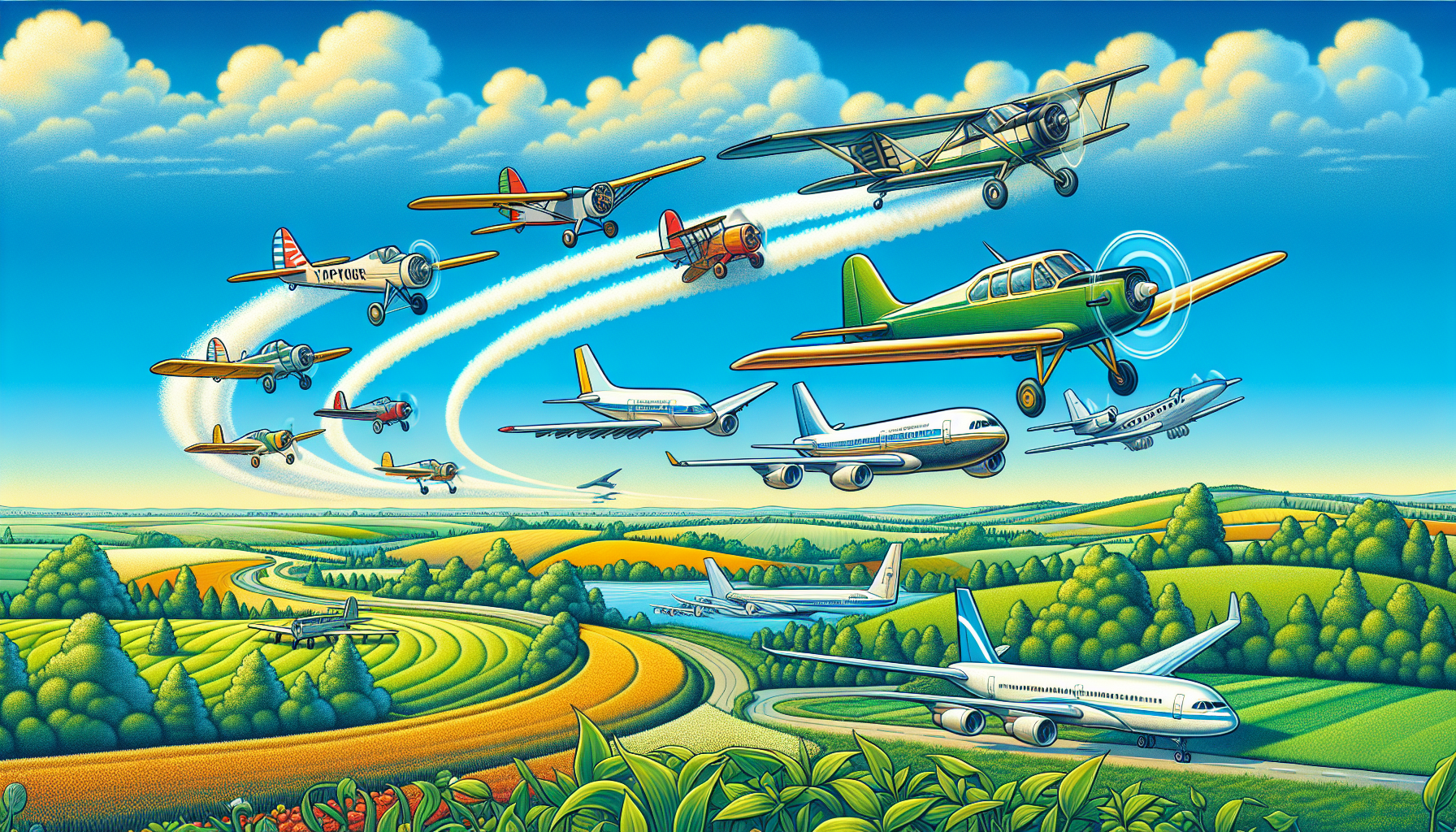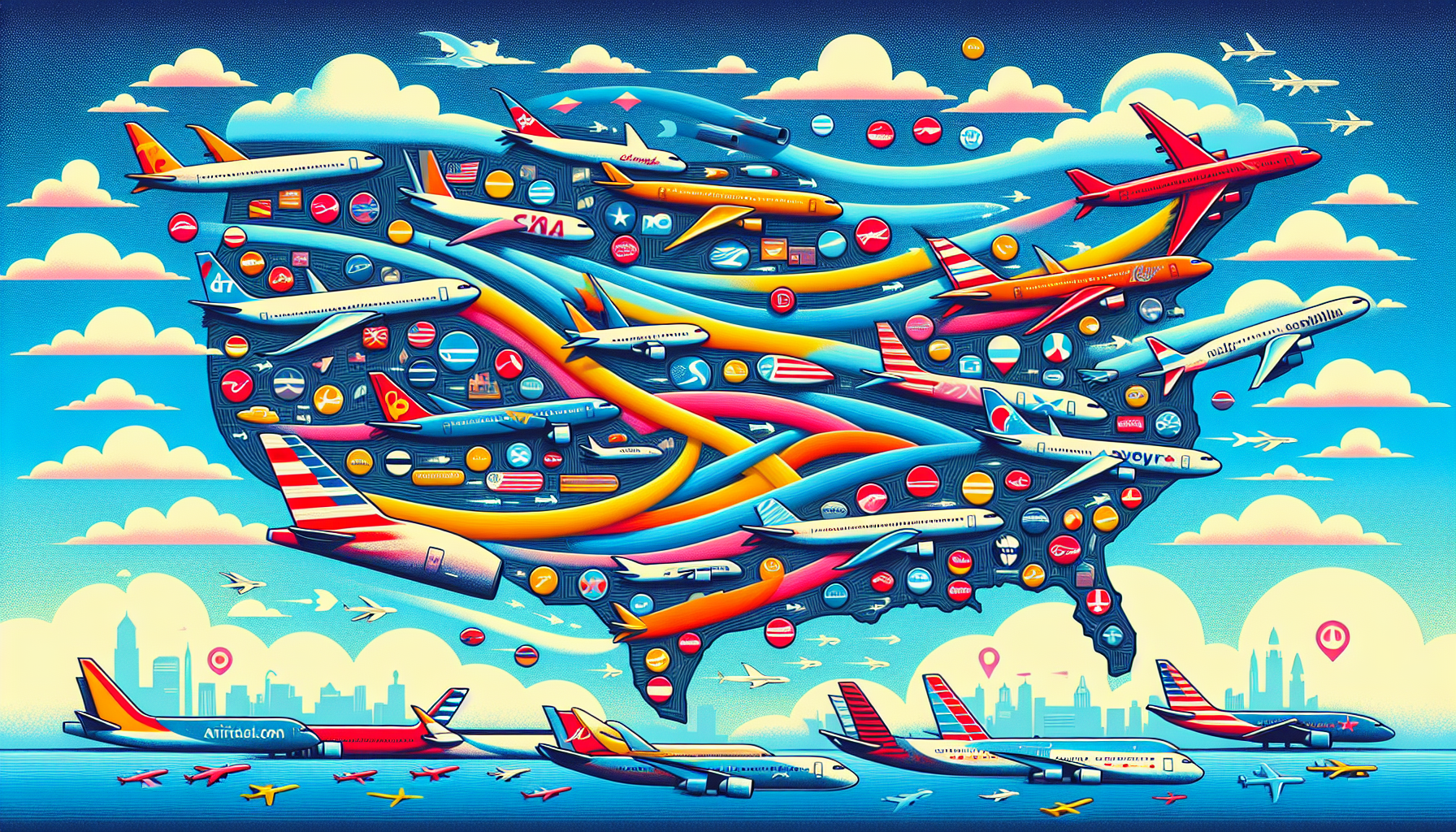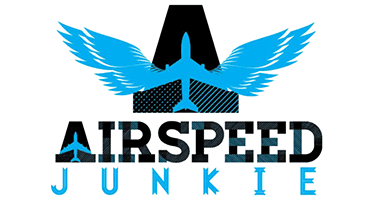The Fascinating History of Delta Airlines: Key Moments and Evolution
The history of Delta Airlines began in 1925 with crop dusting. Today, it stands as a leading global airline. This article covers Delta’s key milestones and innovations that shaped its remarkable journey.
Key Takeaways
-
Delta Airlines transitioned from its origins in crop dusting in 1925 to passenger service by 1928, becoming a significant player in the airline industry.
-
The merger with Northwest Airlines in 2008 created the largest airline in the world at that time and marked a pivotal moment in Delta’s growth and global expansion.
-
Delta’s commitment to sustainability, customer experience, and operational excellence is evident in its goal to achieve net-zero emissions by 2050 and its numerous industry recognitions.
From Crop Dusting to Passenger Service: The Early Years

Delta Air Lines began its remarkable journey on March 2, 1925, focusing initially on crop dusting to combat the boll weevil infestation devastating cotton crops. Originating as Huff Daland Dusters, it was the first commercial agricultural aviation company, setting the stage for its future in passenger service.
In 1928, Delta shifted to passenger flights along its passenger route, initiating its evolution into a major player in the airline industry.
Huff Daland Dusters
As the small crop dusting company known as Huff Daland Dusters, Delta laid the groundwork for its future success. Founded in Macon, Georgia, this aerial crop dusting company quickly grew to operate the largest privately owned fleet of aircraft in the world, with 18 planes at its peak. The company was established in response to the severe damage caused to cotton crops by the boll weevil, which underscored the need for innovative agricultural solutions.
Transition to Passenger Service
Delta transitioned from crop dusting to passenger service in 1928 by offering scheduled flights in Peru, and later incorporated as Delta Air Service on December 3, 1928. The first delta flights took off in 1929 from Dallas, Texas, to Jackson, Mississippi.
Although it temporarily ceased operations, Delta resumed passenger service in 1934 after being awarded Air Mail Route 24, solidifying its place in the burgeoning airline industry.
Becoming Delta Air Lines: The Formative Decades

Significant developments and innovations characterized Delta’s formative decades. Delta Air Corporation was incorporated in 1930, setting the foundation for its future growth. The introduction of the DC-2 and DC-3 aircraft in 1940 revolutionized commercial aviation, making passenger travel profitable and enhancing comfort.
Delta moved its headquarters from Monroe, Louisiana, to Atlanta, Georgia, in 1941, setting the stage for greater expansion and influence.
Incorporation as Delta Air
Incorporating Delta Air Corporation in 1930 was pivotal, establishing a structured framework for future growth. This was followed by a significant rebranding in 1945 when the company officially changed its name to Delta Air Lines, a name that would become synonymous with innovation and excellence in the airline industry.
World War II Contributions
During World War II, Delta Airlines made substantial contributions to the war effort by transporting military personnel and cargo. As part of the Civil Reserve Air Fleet, Delta operated numerous flights dedicated to military needs and modified over 1,000 aircraft to support military operations and train Army pilots. These efforts underscored Delta’s critical role in the aviation sector during a time of global conflict.
Pioneering Innovations: Hub-and-Spoke Model and Jet Age

Delta’s pioneering spirit shone through its early adoption of the hub-and-spoke model and transition into the jet age. The introduction of flight attendants in 1940 marked a significant step in enhancing passenger service.
The hub-and-spoke model, developed in the 1950s, centralized operations around major hubs like Atlanta, optimizing passenger connections and operational efficiency. The entry into the jet age with the adoption of jet aircraft further revolutionized Delta’s service speed and passenger experience.
Introduction of the Hub-and-Spoke Model
Delta’s development of the hub-and-spoke model in the 1950s was a game-changer for its operations. By funneling passengers through a central hub in Atlanta, Delta could offer more efficient flight schedules and increased capacity, significantly improving connectivity across its network.
This model became a cornerstone of Delta’s strategy, setting an industry standard.
Entering the Jet Age
Delta led the jet age, becoming one of the first U.S. airlines to adopt jet aircraft. This transition allowed Delta to significantly enhance its flight speeds, leading to more efficient travel times and improved passenger comfort. The adoption of jet technology marked a new era for Delta, positioning it as a leader in innovative air travel solutions.
Major Acquisitions and Expansions

Strategic acquisitions and expansions have always been part of Delta’s growth strategy. The hub-and-spoke system centralized operations around major hubs, optimizing connections and transforming logistics. Over the decades, Delta’s acquisitions, such as Northeast Airlines and Pan Am’s transatlantic routes, played a crucial role in expanding its reach and influence.
Acquisition of Northeast Airlines
The acquisition of Northeast Airlines in 1972 was a significant milestone for Delta. This move expanded Delta’s presence in New York and New England, incorporating a fleet of Boeing 727s and FH-227Bs into its operations. This acquisition marked a substantial step in Delta’s strategy to grow its network and enhance its market presence.
Purchase of Pan Am's Transatlantic Routes
In 1991, Delta made a bold move by acquiring Pan Am’s profitable transatlantic routes. This acquisition, completed on November 1, 1991, significantly boosted Delta’s international presence, making it a major transatlantic carrier and enhancing its global connectivity. This strategic expansion allowed Delta to serve a broader international customer base and solidify its position in the global airline industry.
Surviving Challenges: Bankruptcy and Mergers
Delta’s resilience was tested in the early 2000s when it faced significant financial challenges, leading to a Chapter 11 bankruptcy filing in 2005. Despite these hurdles, Delta implemented strategic restructuring and cost-cutting measures to navigate through the crisis.
The subsequent merger with Northwest Airlines in 2008 marked a turning point, creating the largest airline in the world at the time.
Reorganization During Bankruptcy
Filing for Chapter 11 bankruptcy in 2005 marked a critical moment in Delta’s history. Facing a $28.27 billion debt, Delta initiated a cost-cutting plan to save $3 billion annually. These efforts included significant layoffs and restructuring, with Delta projecting profitability by the end of 2007 based on specific crude oil price models.
Merger with Northwest Airlines
The merger with Northwest Airlines on April 14, 2008, was a monumental event, creating the world’s largest airline at that time. The combined enterprise had an impressive value of $17.7 billion and integrated operations, including the merger of Northwest’s WorldPerks into Delta SkyMiles on October 1, 2009.
By December 31, 2009, Delta and Northwest’s operating certificates were unified, with a fleet of 786 aircraft.
Global Expansion and Modernization
Global expansion and modernization efforts have positioned Delta as a leading international carrier. With the acquisition of Pan Am’s transatlantic routes, Delta significantly increased its international network and customer base. Today, Delta operates a vast international network covering over 325 destinations across more than 50 countries. The hub-and-spoke model continues to streamline operations and enhance flight scheduling efficiency.
Strategic Partnerships and Alliances
Delta has created strategic partnerships with various airlines to enhance global connectivity. In 2015, Delta invested $450 million in China Eastern Airlines, acquiring a 3.55% stake in the company. Additionally, Delta’s agreement with Japan Airlines in 2010 and its partnership with Riyadh Air for codeshare and interline connectivity further expanded its global alliance network.
These partnerships have been instrumental in extending Delta’s reach and improving service offerings.
Customer Experience Enhancements
Delta is committed to enhancing passenger experience through technological innovations and strategic partnerships. In 2023, Delta partnered with Joby to pioneer electric air taxi services, aiming to improve urban transportation options.
The agreement with Riyadh Air aims to enhance travel options and connectivity between North America and Saudi Arabia. These initiatives reflect Delta’s dedication to improving customer experience through innovative solutions.
Delta Today: A Leading Global Airline

Today, Delta Airlines operates over 4,000 flights daily to more than 280 destinations worldwide. In 2023, Delta served over 190 million customers, emphasizing its commitment to operational excellence and customer satisfaction. Delta’s goal to achieve net-zero emissions by 2050 further highlights its dedication to sustainability and environmental responsibility.
Delta's Network and Fleet
Delta’s extensive network and modern fleet are vital to its success. Serving nearly 370 destinations across six continents, Delta’s delta fleet includes over 800 aircraft, with modern designs such as the B-737-900, A350-900 and A330-900neo. The airline is committed to enhancing passenger experience through innovative services, including plans for fast, free Wi-Fi across its entire fleet.
Delta’s comprehensive network and fleet position it as a leading global airline.
Industry Recognition and Milestones
Delta’s dedication to excellence has earned it numerous industry recognitions. In 2023, Delta received the ATW Airline of the Year Award and was recognized as North America’s most on-time airline by Cirium for the third consecutive year. Delta’s punctuality was also acknowledged by OAG, with an impressive low cancellation rate of just 0.01%.
These accolades reflect Delta’s dedication to operational excellence and customer satisfaction.
Summary
Delta Airlines’ journey from a small crop dusting company to a leading global airline is a testament to its innovative spirit, resilience, and strategic vision. From its early days as Huff Daland Dusters, through the challenges of World War II, the adoption of the hub-and-spoke model and jet technology, to strategic acquisitions and overcoming bankruptcy, Delta has continuously evolved to meet the demands of the airline industry. Today, with a vast network, a modern fleet, and a commitment to sustainability and customer experience, Delta stands as a beacon of excellence in global aviation. The story of Delta Airlines is not just about flights and routes; it’s about the relentless pursuit of progress and the unwavering commitment to connecting the world.
Frequently Asked Questions
When did Delta Airlines begin offering passenger service?
Delta Airlines began offering passenger service in 1928 when it launched its first scheduled flights in Peru.
What was Delta's role during World War II?
Delta played a crucial role during World War II by transporting military personnel and cargo, modifying over 1,000 aircraft for military use, and training Army pilots. Their contributions significantly supported the war effort.
How did Delta's acquisition of Pan Am's transatlantic routes impact its operations?
Delta's acquisition of Pan Am's transatlantic routes in 1991 greatly enhanced its international presence, establishing it as a leading transatlantic carrier and improving its global connectivity.
What was the significance of Delta's merger with Northwest Airlines?
The merger with Northwest Airlines in 2008 was significant as it established Delta as the world's largest airline at that time, enhancing operational scale and market presence. This strategic consolidation resulted in a robust fleet of 786 aircraft and an enterprise value of $17.7 billion.
What are some recent innovations Delta has implemented to enhance customer experience?
Delta has recently enhanced customer experience through technological innovations like partnerships for electric air taxi services and the implementation of fast, free Wi-Fi on its fleet. These initiatives reflect a commitment to convenience and connectivity for passengers and a constant commitment to improving delta air service.







